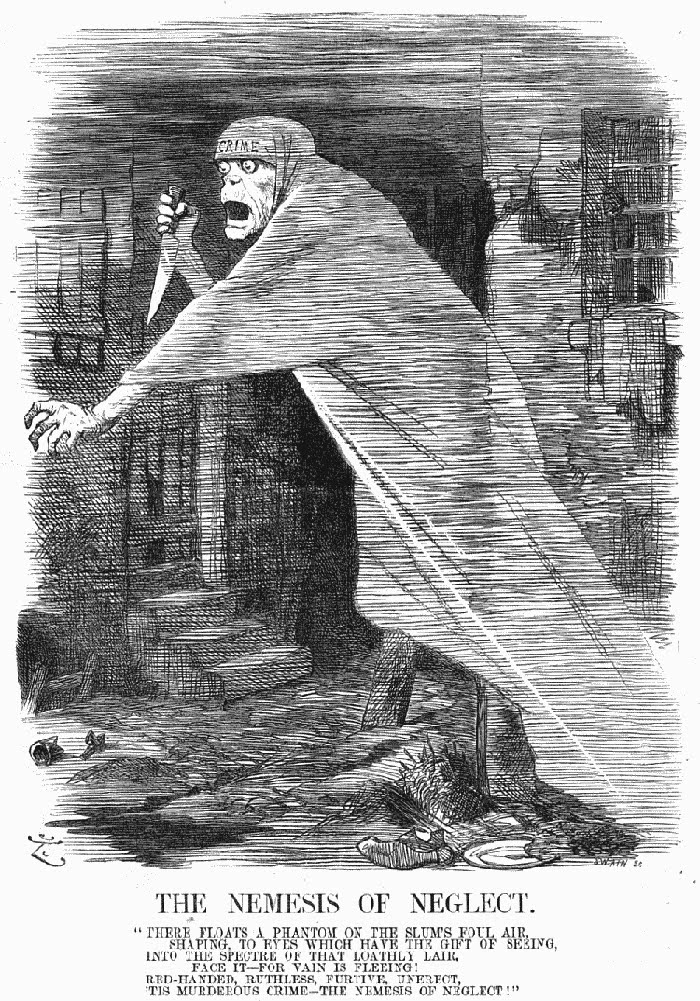On Saturday 14 September 15, 1878 Henry Sharpe, whose occupation was simply recorded as ‘labourer’ , was set in the dock at Mansion House and charged with trying to kill himself.
On Friday night (ominously perhaps, the 13th) a City policeman was on patrol by London Bridge when a man rushed up and grabbed him. The man (Sharpe) was clearly at his wits end and very drunk. He tried, incoherently, to explain that his wife and two children were dead – both drowned in the sinking of the Princess Alice earlier that month.
The SS Princess Alice was a Thames paddle steamer that sank after a collision with a collier, (the Bywell Castle) on 3 September. It was a terrible tragedy that claimed the lives of over 600 people: men, women, and children. The steamer went down in a stretch of the river that was heavily polluted with raw sewerage; many of those that died must have suffered an awful death.
Having poured out his grief to the policeman Sharpe was persuaded to go home and sleep off his sorrow. Convinced he’d averted another tragedy (however small by comparison) the policeman resumed his beat. Imagine his surprise then when 30 minutes later he saw Sharpe scrambling up the parapet of the bridge, seemingly intent on launching himself in the Thames’ murky waters.
With the help of some passers-by the lawman affected a rescue, dragging the drunken labourer back from the precipice by his ankles. He was taken back the station, charged and left to sober up.
Sharpe was joined in court by his wife in children who had clearly not perished in the disaster and must have been shocked that Henry would suggest such a thing. His desperate actions perhaps reveal a deep seated mental illness but he told the magistrate – Sir Thomas Dakin, Lord Mayor of London – that he had been drinking with a close friend that evening, consoling him for the loss of his family in the sinking.
Who knows if that was the truth either; we have no passenger list for the Princess Alice we don’t know exactly how many souls perished or what all of their names were. One of Jack the Ripper’s victims claimed to have lost her husband in the tragedy; Elizabeth Stride may have been hoping to gain the sympathy of others for her loss, or perhaps even to benefit from the generosity of Londoners who raised thousands of pounds for the bereaved families. In Liz’s case as in Henry’s it was a false claim but it shows how this disaster touched so many lives in the late Victorian capital.
The Lord Mayor declared that Sharpe was ‘a dissipated fellow’ and decided the best course of action was to lock him on remand for a few days so the alcohol could work through his system. It wasn’t a conviction or a sentence as such, but at least it was some sort of intervention that might have saved his life.
From Reynolds’s Newspaper, Sunday 15 September 1878








